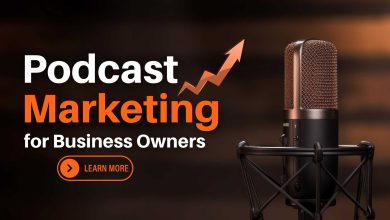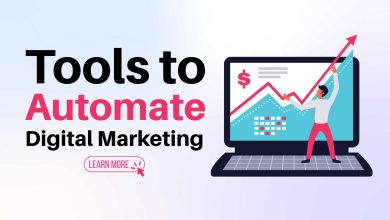Boost Your Site’s Visibility with These 11 On-Page SEO Techniques – Download “The Art Of SEO” eBook
Introduction:
Search Engine Optimization (SEO) is a crucial aspect of any successful online marketing strategy. On-page SEO involves optimizing your website’s individual pages to improve their visibility and rank higher in search engine results pages (SERPs). In this essay, we will discuss 11 on-page SEO techniques that can help you optimize your site and improve your search engine rankings.
- Keyword Research: Keyword research is a critical aspect of on-page SEO. It involves identifying the keywords and phrases that your target audience uses when searching for products or services similar to yours. By using the right keywords in your website’s content, you can increase the likelihood that your site will appear in search results when users search for those terms. There are several keyword research tools available, including Google Keyword Planner, SEMrush, and Ahrefs, that can help you identify the most relevant keywords for your site.
- Title Tags: Title tags are HTML elements that specify the title of a webpage. They appear in the SERPs as the clickable headline for each result. Title tags should be descriptive, concise, and include your primary keyword. Aim to keep your title tags between 50-60 characters to ensure they are fully displayed in the SERPs.
- Meta Descriptions: Meta descriptions are HTML elements that provide a brief summary of the content on a webpage. They appear in the SERPs under the title tag and should be no longer than 155 characters. Meta descriptions should be compelling, informative, and include your primary keyword. A well-written meta description can entice users to click through to your site.
- Header Tags: Header tags are HTML elements that denote the headings and subheadings on a webpage. They help to organize your content and make it easier for users to navigate. Header tags range from H1 (the main heading) to H6 (subheadings). Your H1 tag should include your primary keyword and provide a clear summary of the page’s content. Use subheadings (H2, H3, etc.) to break up your content into logical sections.
- Content Optimization: Content is the cornerstone of any successful SEO strategy. Your content should be high-quality, informative, and relevant to your target audience. Use your primary keyword naturally throughout your content, but avoid keyword stuffing. Aim to provide value to your users by answering their questions and solving their problems.
- Image Optimization: Images can enhance your website’s visual appeal and provide additional context to your content. However, they can also slow down your site’s loading speed if they are not optimized correctly. Use compressed images that are the appropriate size for your site and include descriptive alt tags that include your primary keyword.
- Internal Linking: Internal linking involves linking to other pages on your website from within your content. Internal links can help to improve your site’s navigation, increase user engagement, and distribute link equity throughout your site. Include internal links that are relevant to the content on each page and use descriptive anchor text.
- URL Optimization: Your website’s URLs should be concise, descriptive, and include your primary keyword. Avoid using lengthy URLs that are difficult to read and include irrelevant parameters or characters. Use hyphens to separate words in your URLs.
- Mobile Optimization: With the increasing use of mobile devices for online browsing, it’s essential to ensure that your site is mobile-friendly. Use a responsive design that adjusts to fit the screen size of different devices. Aim for fast loading times, easy navigation, and readable text on mobile devices.
- Site Speed: Site speed is a crucial factor in SEO. A slow-loading site can negatively impact user experience and lead to higher bounce rates. Use tools such as Google PageSpeed Insights to analyze your site’s speed and identify areas for improvement. Optimize your images, minify your code.
- User Experience: User experience (UX) is a critical aspect of on-page SEO. A positive user experience can lead to increased engagement, longer visit times, and a lower bounce rate. Ensure that your site is easy to navigate, visually appealing, and provides high-quality content that answers the user’s queries.
In conclusion, on-page SEO techniques are essential for improving your website’s visibility and search engine rankings. By implementing these 11 techniques, you can optimize your site’s content, structure, and user experience, leading to improved search engine rankings and increased traffic. Remember to conduct keyword research, optimize your title tags and meta descriptions, use header tags, create high-quality content, optimize your images, include internal links, use descriptive URLs, ensure mobile optimization, improve site speed, and focus on providing an excellent user experience. By following these techniques, you can create a well-optimized website that ranks high in search engine results and drives traffic to your site.
Download 👉 The Art Of SEO



